The nomenclature of Late Miocene suines of Eurasia has been the subject of active debate since 1926, when Pilgrim erected the genera Microstonyx and Dicoryphochoerus. The discovery of additional fossil material at three localities in Spain, Batallones (MN 10) La Roma II (MN 10) and Corral de Lobato (basal MN 13: Ventian) provides fuel for the debate, which supports the interpretation that the two genera are synonyms, and that both names are junior synonyms of Hippopotamodon Lydekker, 1877. The fossils from Batallones, La Roma II and Corral de Lobato are described and interpreted within a wide-ranging revision of the Late Miocene suines of Eurasia. It is increasingly obvious that Late Miocene suines from Indo-Myanmar and China share many morphometric features with suines from Europe, and that a comparable suite of species occurred in the two regions indicating frequent dispersal or even semi-permanent contact between the two areas. Thus, it is no longer valid or realistic to keep using distinct species names for Indo-Myanmar and Chinese fossils which are morphometrically similar to taxa from Europe. The presence of frequent synonymy in current literature obscures the biogeographic relationships of the two regions and renders biostratigraphy difficult.
Late Miocene Suidae from Eurasia: the Hippopotamodon and Microstonyx problem revisited
2015. [Englisch] – 126 Seiten, 98 Schwarzweiß-Abbildungen, 25 Tabellen, 3 Anhänge.
29,7 x 21,0 cm, Paperback.
40,00 €
zzgl. Versandkosten / Versandkostenfrei in D
The nomenclature of Late Miocene suines of Eurasia has been the subject of active debate since 1926, when Pilgrim erected the genera Microstonyx and Dicoryphochoerus. The discovery of additional fossil material at three localities in Spain, Batallones (MN 10) La Roma II (MN 10) and Corral de Lobato (basal MN 13: Ventian) provides fuel for the debate, which supports the interpretation that the two genera are synonyms, and that both names are junior synonyms of Hippopotamodon Lydekker, 1877. The fossils from Batallones, La Roma II and Corral de Lobato are described and interpreted within a wide-ranging revision of the Late Miocene suines of Eurasia. It is increasingly obvious that Late Miocene suines from Indo-Myanmar and China share many morphometric features with suines from Europe, and that a comparable suite of species occurred in the two regions indicating frequent dispersal or even semi-permanent contact between the two areas. Thus, it is no longer valid or realistic to keep using distinct species names for Indo-Myanmar and Chinese fossils which are morphometrically similar to taxa from Europe. The presence of frequent synonymy in current literature obscures the biogeographic relationships of the two regions and renders biostratigraphy difficult.
Introduction 9
Materials and methods 10
Problems due to parochial studies of fossil suids and incomplete samples 10
Morphometric variation is suids 10
Homonymy, Synonymy, Lumping and Splitting 12
Remarks on the validity of Microstonyx 13
Are Hippopotamodon major and Hippopotamodon erymanthius different species? 14
Nomenclatorial history of the genera Hippopotamodon and Microstonyx 14
The status of Hippopotamodon and Microstonyx 15
Hippopotamodon antiquus or Hippopotamodon major? 16
Is Eumaiochoerus a synonym of Hippopotamodon? 17
The problem of “Sus” choeroides 17
Is Sus hyotherioides a Propotamochoerus or a Hippopotamodon? 17
Summary of the taxonomic history of Hippopotamodon 17
Distribution of Fossil Suidae 19
Biostratigraphy and Biochronology of Late Miocene to Recent Suidae 20
Systematic arrangement of taxa 22
Hippopotamodon Group A 23
Hippopotamodon antiquus (Kaup, 1833) 23
Hippopotamodon major (Gervais, 1850) 23
Hippopotamodon pilgrimi (Pickford, 1988). 23
Hippopotamodon ultimus (Han, 1987) 23
Hippopotamodon etruscus (Michelotti, 1861) 23
Hippopotamodon Group B 23
Note on dimensions of the Pikermi suits 24
New material of Hippopotamodon from Spain 25
Batallones 10, Spain (MN 10) 27
Corral de Lobato (MN 13 basal = Ventian) 41
Reassessment of Hippopotamodon specimens from Europe and Asia 43
Montredon 43
Châlon 46
Tersanne 46
Dionay 49
St Jean de Bournay, Charponnay 49
Vareille Amberieu en Bugay 49
Villette Serpaize, France 49
Alissas près Privas, France 49
St Bauzile, France 51
Doué-la-Fontaine, France 51
Soblay, France 52
Montrigaud, France 53
Red Crag, England 53
Casteani, Italy 55
Piera, Spain 55
Puente Minero, Spain 59
Concud, Spain 59
Cerro de la Garita, Spain 59
La Roma 2, Spain 59
Las Pedrizas, Spain 60
La Cantera, Spain 60
Terrassa, Spain 62
Cerdagne, Spain 62
Crevillente 15 and Crevillente 2, Spain 62
Dinotheriensande, Germany 62
Melchingen, Germany 65
Salmendingen, Germany 66
Gols, Austria 68
Strätzing, Austria 68
Prottes, Austria 74
Polgardi, Hungary 74
Baltavar, Hungary 76
Kis Bossan, Hungary 76
Cimislia, Romania 78
Raspopeni, Moldova 78
Taraklia, Moldova 80
Berislav, Ukraine 80
Grebeniki, Ukraine 80
Grossulovo, Ukraine 80
Nova Emetovka, Ukraine 80
Kalimantsi, Bulgaria 80
Strumyani, Bulgaria 80
Ezerovo, Bulgaria 80
Dytiko, Greece 81
Nikiti, Greece 81
Petrelik, Greece 81
Perivolaki, Greece 81
Vathylakkos, Greece 81
Salonique (Vatiluk) Greece 81
Prochoma, Greece 81
Sophades, Greece 81
Samos, Greece 81
Petras, Crete 81
Akkasdagi, Turkey 82
Karain, Turkey 82
Sinap, Turkey 82
Sivas, Turkey 83
Gökdere, Turkey 83
Çoban Pinar, Turkey 83
Kavakdere, Turkey 83
Kuçukçekmece, Turkey 84
Yassiören, Turkey 84
Yulafli, Turkey 86
Bazaleti, Georgia86
Dzedzvtachevi, Georgia 87
Udabno, Georgia 87
Maragheh, Iran 87
Eldari, Azerbaijan 88
Siwaliks, Indo-Pakistan 88
Lehri, Pakistan 88
Dhok Gaal, Pakistan 88
Dhok Pathan, Pakistan 89
Khorat, Myanmar 90
Magway, Myanmar 91
Myanmar, unknown localities possiblyin the Magway area 91
Sop Mae Tham, Myanmar 91
Chiang Muan, Thailand 94
Locality 114, China 94
Locality 49, China 94
Xiaolongtan (Kaiyuan), China 94
Szechuan, China 94
Binxian, China 94
Chinhsien, China 94
Lufeng, China 94
Youanmou, China 94
Lantian (Jiu Lao Po), China 94
Hezheng, China 94
Yangjiawan, Hanzhong, China 94
Liucheng, Guangxi, China 94
Chongzuo, China 94
Tahsin, China 96
Sanhe Cave, Guangxi, China 96
Baeryan, Bijie, China 96
Hippopotamodon (= Dicoryphochoerus) spurii 96
Discussion 97
Reluctant Phylogeneticists 97
Phylogenetic scenarios 97
Gaudry, 1862 98
Stehlin, 1899-1900 98
Pilgrim, 1926 98
Thenius, 1950 101
Hünemann, 1968 101
Thenius, 1970, 1972 102
Schmidt-Kittler, 1971 107
Pickford, 1988 107
Van der Made & Moyà Solà, 1989 107
Liu Liping, 2003 107
Orliac et al., 2010 108
Phylogeny of Hippopotamodon resulting from this study 109
Acknowledgements 110
References 110
Annex 1 115
Annex 2 121
Annex 3 123
Sie müssen angemeldet sein, um eine Rezension veröffentlichen zu können.
„*“ zeigt erforderliche Felder an
Ähnliche Produkte
-
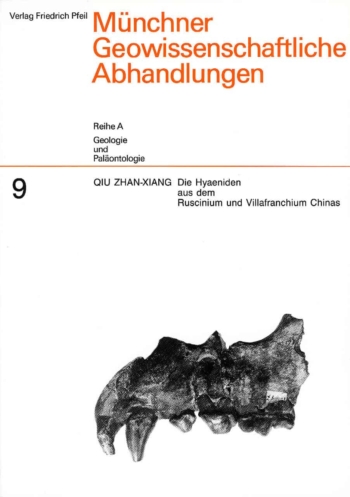
Die Hyaeniden aus dem Ruscinium und Villafranchium Chinas
30,00 €zzgl. Versandkosten / Versandkostenfrei in D
-

Unter- bis mitteljurassische Karbonatformationen am Westrand der Trento-Plattform (Südalpen, Norditalien)
30,00 €zzgl. Versandkosten / Versandkostenfrei in D
-
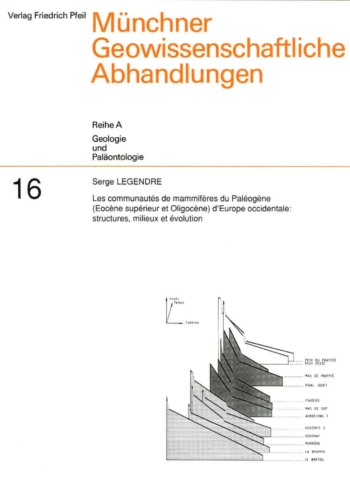
Les communautes de mammiferes du Paléogene
30,00 €zzgl. Versandkosten / Versandkostenfrei in D
-
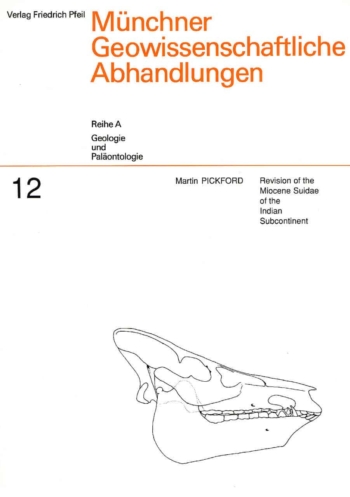
Revision of the Miocene Suidae of the Indian Subcontinent
30,00 €zzgl. Versandkosten / Versandkostenfrei in D
Wir sind gerne für Sie da
Verlag Dr. Friedrich Pfeil
Hauptstraße 12B
5232 Bergkirchen OT Günding – Germany
Tel.: +49 8131 61 46 590
Fax: +49 8131 61 46 591
E-Mail: info@pfeil-verlag.de
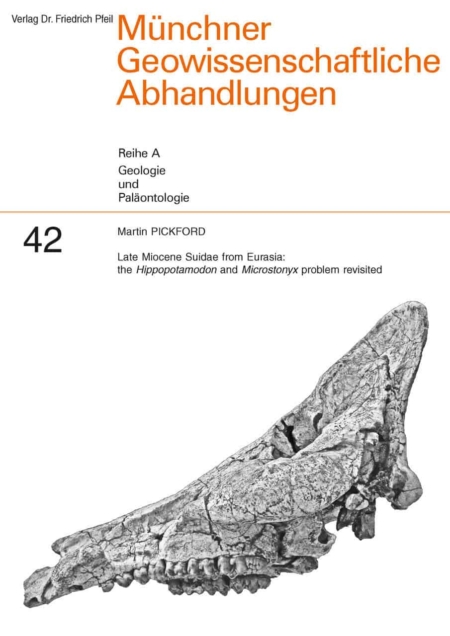
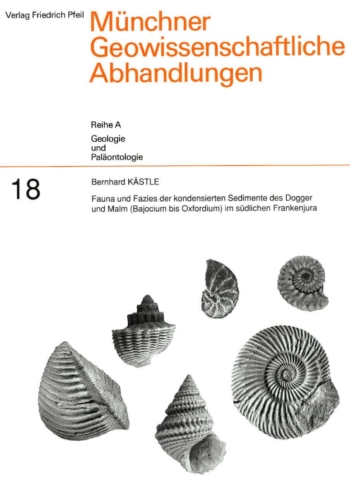
Rezensionen
Es gibt noch keine Rezensionen.